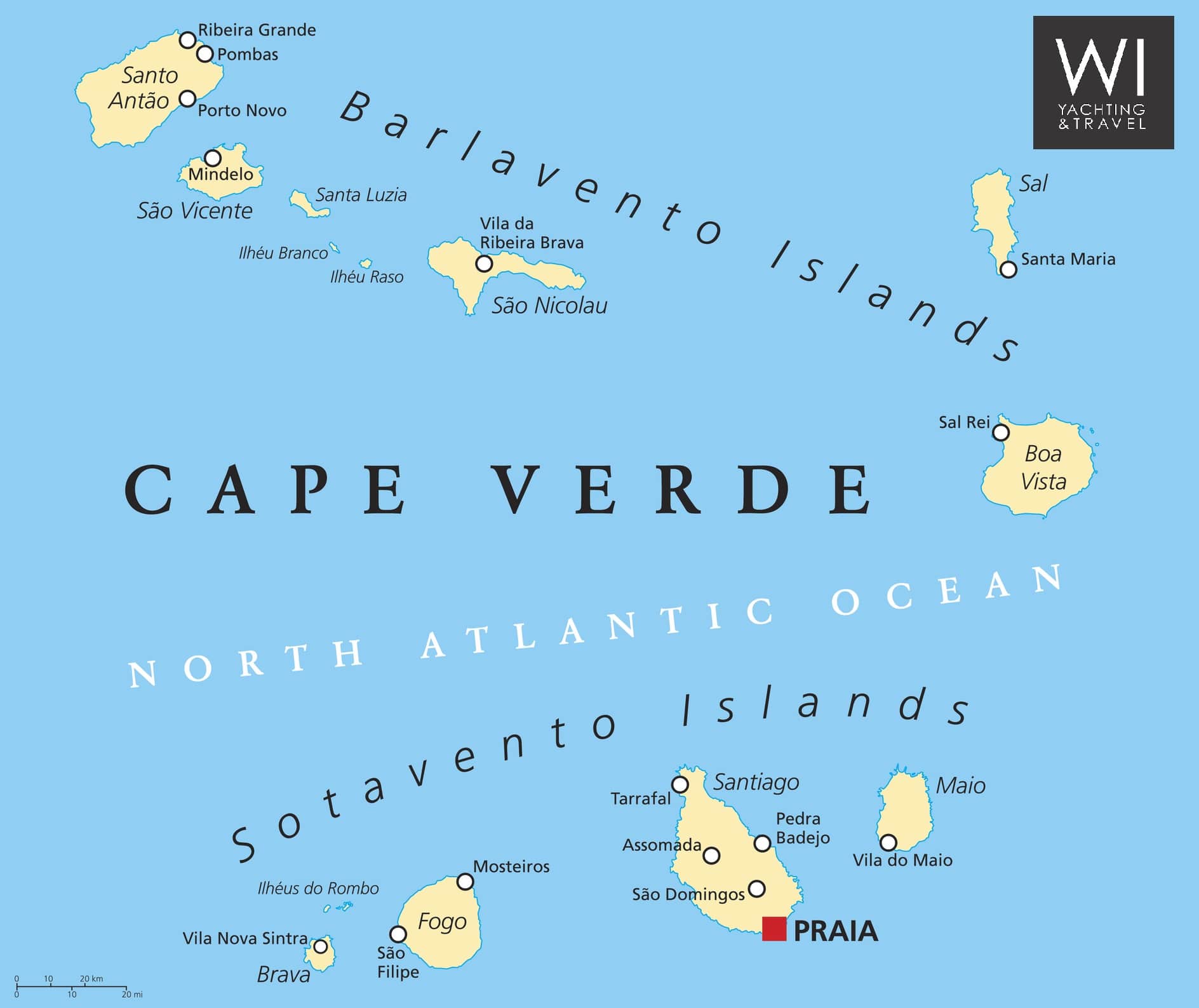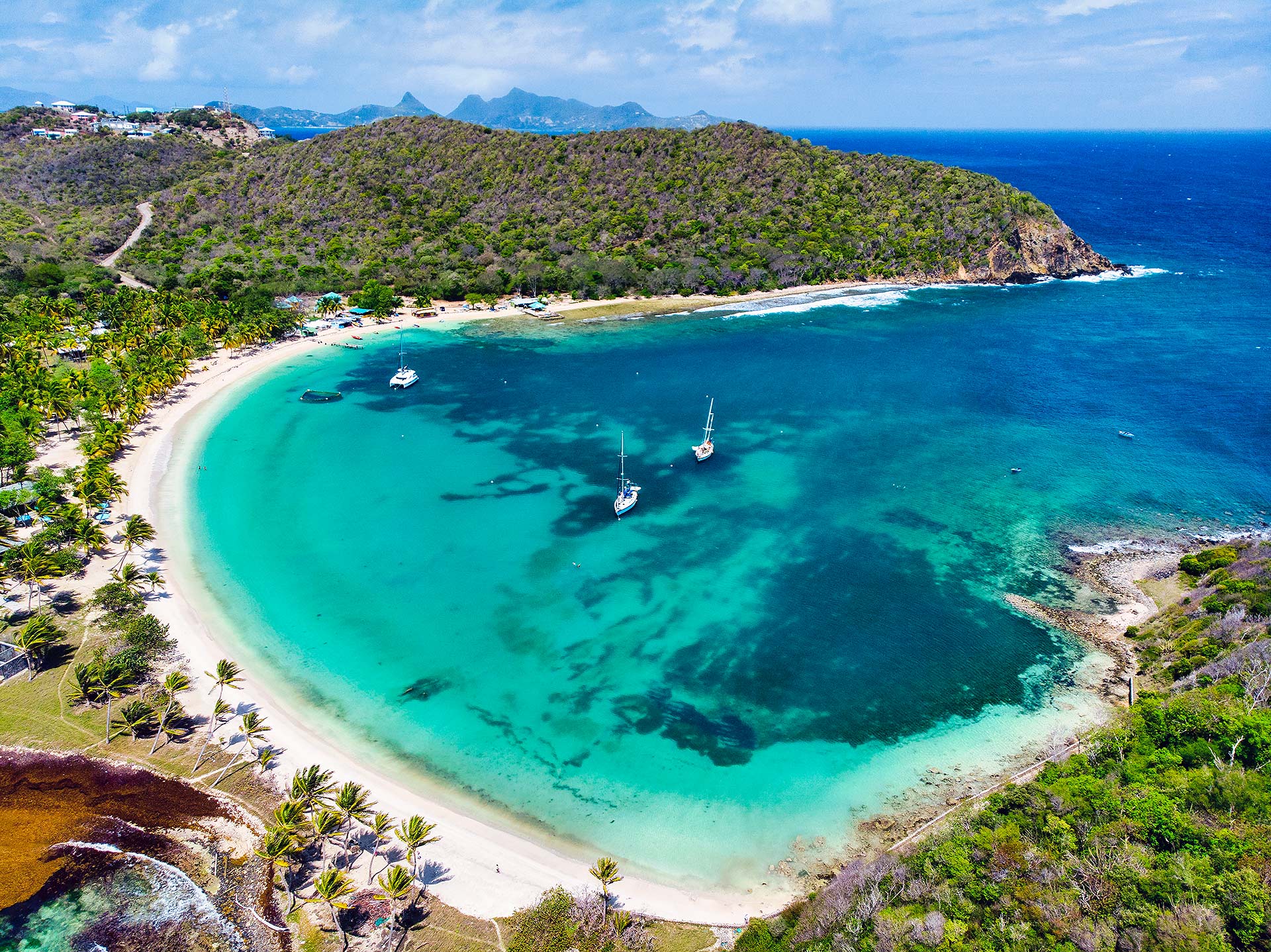Historical Significance
/aerial-shot-of-cruz-bay-st-john-in-us-virgin-islands-165581255-58dea04e3df78c5162cf9584.jpg)
The Windward Islands, nestled in the Caribbean Sea, have played a pivotal role in shaping the course of history. From their discovery by Christopher Columbus in the 15th century to their pivotal involvement in the transatlantic slave trade, the islands have witnessed a tapestry of events that have left an indelible mark on their landscape and people.
Windward Islands de get some breeze and rain, but dem no too bad. Beryl no really strong, so e no go hit Florida. But you can check will beryl hit florida for more info. Windward Islands still dey safe and sound.
During the era of European colonization, the Windward Islands became a battleground for competing imperial powers. The islands were seized and occupied by the Spanish, French, Dutch, and British, each leaving their cultural and linguistic imprint. The legacy of these colonial encounters can still be seen in the islands’ diverse population and architecture.
Role in the Slave Trade
One of the most significant chapters in the history of the Windward Islands is their involvement in the transatlantic slave trade. The islands served as hubs for the transportation and sale of enslaved Africans, who were brought to work on the sugar plantations that fueled the European economy. The horrors of the slave trade left a deep scar on the islands, and its legacy continues to shape their societies today.
The Windward Islands, a chain of islands in the Caribbean, are often in the path of hurricanes. For instance, Hurricane Beryl is predicted to pass near the islands. Stay updated on the hurricane beryl prediction to ensure the safety of the Windward Islands.
Economic and Cultural Impact
The historical events that have unfolded in the Windward Islands have had a profound impact on their economic and cultural development. The sugar industry, which flourished during the colonial era, left a legacy of inequality and dependence on external markets. However, the islands have also developed a rich and vibrant culture, influenced by a blend of African, European, and indigenous traditions. This cultural heritage is reflected in the islands’ music, dance, and cuisine.
Geographical and Ecological Features

The Windward Islands, nestled in the Caribbean Sea, form an archipelago that stretches from the southern tip of Dominica to the northern coast of Grenada. These islands are characterized by their diverse topography, vibrant climate, and unique ecosystems.
Geographical Features, Windward islands
The Windward Islands encompass a total area of approximately 3,500 square kilometers. The islands vary in size, with Dominica being the largest and Carriacou the smallest. They are predominantly mountainous, with volcanic peaks rising sharply from the sea. The highest point in the region is Mount Diablotin in Dominica, which soars to an elevation of 1,447 meters.
Climate
The Windward Islands experience a tropical climate, influenced by the trade winds that blow consistently from the northeast. Temperatures remain relatively constant throughout the year, with average highs ranging from 27 to 32 degrees Celsius. The islands receive abundant rainfall, with the wettest months being from June to November. Hurricanes and tropical storms are common during the Atlantic hurricane season, which runs from June to November.
Vegetation
The Windward Islands are home to a diverse range of vegetation, reflecting the varied topography and climate. The lower slopes of the islands are covered in lush rainforests, dominated by towering trees such as mahogany, cedar, and gumbo limbo. As the elevation increases, the vegetation transitions to montane forests, characterized by stunted trees and an abundance of epiphytes. The highest peaks are often covered in grasslands or shrublands.
Wildlife
The Windward Islands support a rich variety of wildlife, including numerous endemic species. The islands are home to several species of monkeys, including the endangered mona monkey and the black-handed spider monkey. Other notable animals include the agouti, the opossum, and the iguana. The islands are also important breeding grounds for sea turtles, with several species nesting on the sandy beaches.
Unique Ecosystems and Biodiversity
The Windward Islands are renowned for their unique ecosystems and exceptional biodiversity. The islands are home to several protected areas, including national parks and wildlife sanctuaries, which play a crucial role in conserving the region’s natural heritage. The islands’ diverse habitats support a wide range of species, including many that are found nowhere else on Earth. The Windward Islands are a true testament to the Caribbean’s ecological richness and global significance.
Cultural Heritage and Tourism: Windward Islands

The Windward Islands boast a rich cultural tapestry woven from diverse ethnicities, languages, and traditions. This vibrant heritage manifests in their captivating music, dance, cuisine, and art forms.
Music and Dance
The islands’ musical landscape pulsates with rhythms of calypso, soca, and reggae, each with its unique beat and lyrical flair. Dance plays an integral role in their cultural expression, with styles like zouk, quadrille, and the energetic stilt walking adding a captivating visual element to their celebrations.
Cuisine
The Windward Islands’ cuisine is a tantalizing blend of African, European, and Amerindian influences. Staples like plantains, cassava, and breadfruit form the foundation of their dishes, while spices and herbs add vibrant flavors. Seafood is abundant, and dishes like conch stew and grilled lobster are culinary delights.
Art Forms
Art in the Windward Islands is as diverse as its people. Traditional crafts like basket weaving, woodcarving, and pottery showcase the islands’ skilled artisanship. Contemporary artists draw inspiration from their surroundings, creating vibrant paintings, sculptures, and installations that reflect the region’s unique spirit.
Tourism
Tourism plays a vital role in the Windward Islands’ economy. Visitors are drawn to the islands’ pristine beaches, lush rainforests, and vibrant cultural heritage. Popular attractions include snorkeling and diving in the crystal-clear waters, hiking through verdant trails, and exploring historical sites. The islands also offer a variety of accommodations, from luxurious resorts to charming guesthouses, catering to travelers of all budgets.